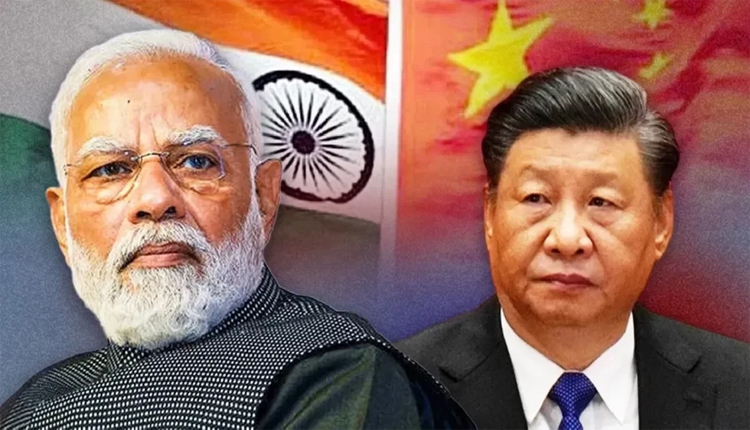New Delhi: After the United States imposed tariffs of up to 245% on Chinese goods, China is turning to India to set up firms again. Things are not the same as before though. The Indian government has sent a clear message that if Chinese companies wish to operate in India, they must do so on India’s terms.
How the Indian Government Will quarantine Chinese Investments
The Indian government will allow Chinese companies, but only through joint ventures for electronics-based investment. Information leaked on January 24, 2020. As per this plan, Chinese firms can have only 10% equity in the joint ventures in case they agree to a technology transfer to India. It is unfolding at a time when Chinese firms are looking to return to India as the tariff war with the US hurts the Chinese economy.
India’s ‘Make it in India’ Focus
The current government motto is “Make in India” and the immediate focus is on foreign companies that will strengthen local manufacturing. It is this overhang of Chinese dominance over the electronics ecosystem in Vietnam that India has resolved to avoid. Following worries about the China supply chain, India is carefully observing Chinese investments, especially in these sensitive areas — drilling machines, solar panel equipment and electronics.
Chinese Investment Under Case-by-Case Balderdash
We scrutinise each investment individually, paying particular attention to those in sensitive sectors. The government is ensuring that such investments do not result in China getting an oversized share of key industries in India.
Benefits for US and European Companies
However, US and European firms can tap into that window of opportunity by relocating their manufacturing units to India. Officials said the government may allow 49 per cent equity participation by these firms in India as a special case. This is if they bring their suppliers from China and set up manufacturing bases in the country.
How Apple Is Strategically Shifting to India
Apple, too, plays a vital role here. Apple’s supply chain was primarily based in India, with some adjustments in China. Instead, the company has reportedly tied up with Taiwanese and Japanese firms to create a separate manufacturing ecosystem in India. A prime example is Tata Electronics, which began manufacturing iPhone enclosures in India. In the coming years, with the exception of iPads, the majority of Apple devices components will be manufactured in India and will eventually be sent abroad.
Significance of Trade Talks and Moving Towards Indian Centrality in the Global Supply Chain with the US
Talks on an India-US bilateral trade deal are still in their early stages. At the same time, the Indian government is eager to attract American investments to India and is also looking to get Indian companies to charge into the US market. This is also evident that India is coming with its own supply chain, leaving China on the back foot for investments in India. Sir, the package includes technology transfer, manpower, and trust. Only then will China remain involved.



Comments are closed.